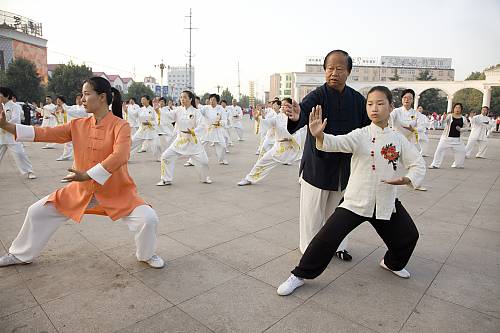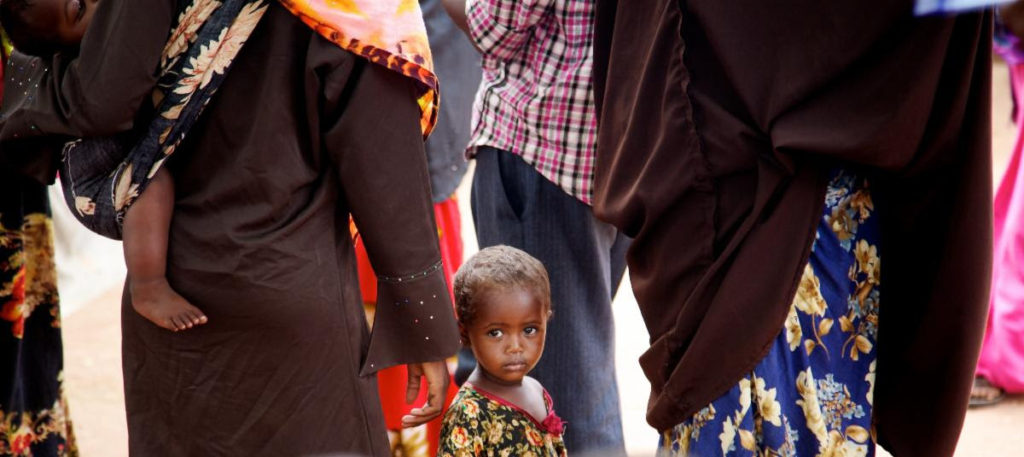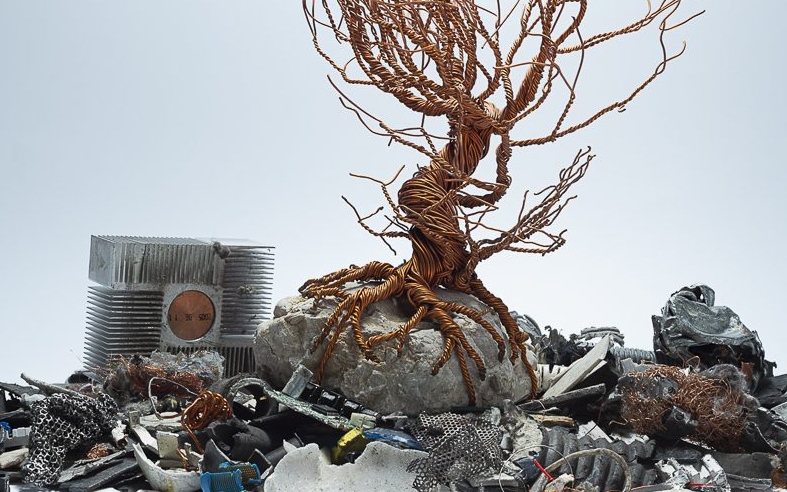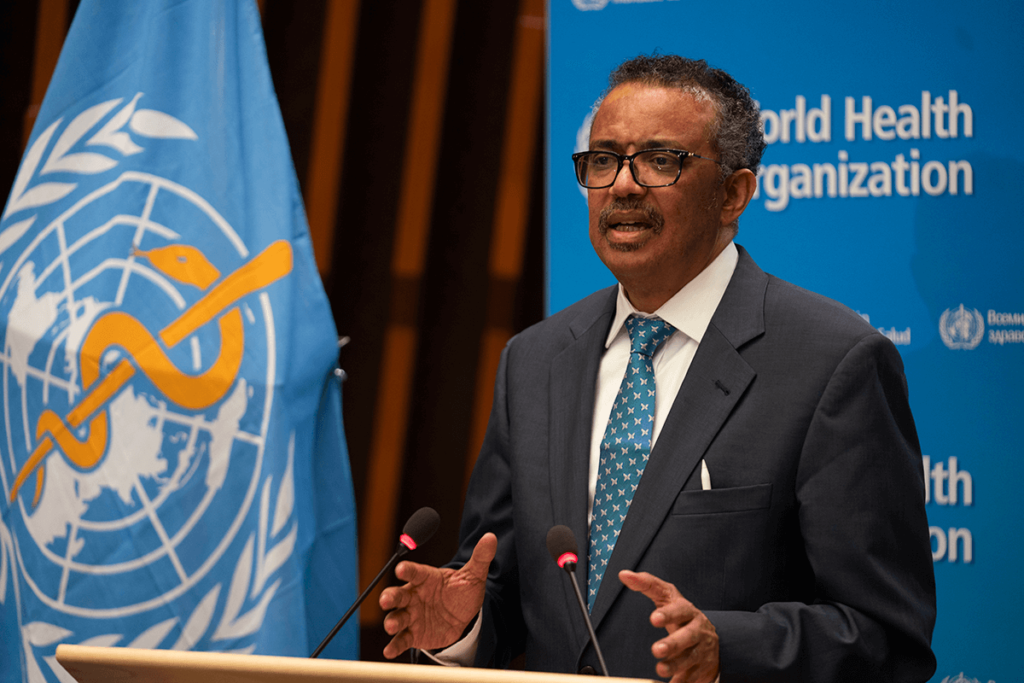Mothers, Newborns, Young Children and Adolescents
Lose 20% of Health and Social Services to COVID-19
“COVID-19 is making a bad situation worse.”
Monday July 13, 2020
The report in full is available for media preview at: https://bit.ly/2ZPuTfH
Post embargo at https://iapewec.org/reports/annual-reports/iap-2020-report/
Interviews with experts are available by phone or electronically.
Video B-roll: https://bit.ly/31UiRUX
Contacts:
Marshall Hoffman, marshall@hoffmanpr.com, +1-703-533-3535
UK: Juliet Heller, juliet@julietheller.co.uk, +44-16-2186-8083
Canada: Terry Collins, tc@tca.tc, +1-416-878-8712
Africa: Reuben Kyama, rkyama@gmail.com, +254 (0)722 739 765
Latin America: Liliana Hisas, liliana@hoffmanpr.com, +1-703-412-5787
Video: Nils Hoffman, nils@hoffmanpr.com, +1-703 967-1490
Mothers, newborns, young children and adolescents are losing 20 percent of their health and social services due to the COVID-19 pandemic says a Panel of senior global health experts.
“Health systems in both rich and poor nations are massively struggling and the services for mothers, newborns, young children and adolescents are crumbling,” says Elizabeth Mason, M.D, co-chair of the UN Secretary-General’s Independent Accountability Panel (IAP) for Every Woman, Every Child, Every Adolescent reviewing the impact of COVID-19 on these groups.
“Especially worrisome are declines in access to life-saving vaccines for children and maternal health services due to closures and movement restrictions. Immunization campaigns are being halted and health workers are being diverted from maternity to COVID-19 units,” Dr. Mason adds.
The Panel provides an overview of estimated impacts from COVID-19 pandemic on mothers, newborns, young children and adolescents since its start in January.
- 5.3 million deaths in children under 5 by pre-pandemic estimates, and over 400,000 additional deaths due to COVID-19-related disruptions in services.
- 2.5 million newborn deaths pre-pandemic, with a minimum of 168,000 additional deaths estimated.
- 295,000 maternal deaths pre-pandemic, with an additional 24,400 deaths estimated.
- 13.5 million children missed vaccinations against life-threatening diseases.
- More than 20 countries reported vaccine shortages caused by the pandemic.
- Disruption to contraceptive supplies leading to 15 million unintended pregnancies in low- and middle-income countries.
- Around 42-66 million children risk falling into extreme poverty.
- Some 370 million children are missing school meals.
- Women suffering increased depression, anxiety and uncertainty.
- 15 million additional acts of violence against women and girls every three months of lockdown. In some countries, emergency calls increased by 30 percent.
“These new findings show how weak our health systems are at protecting mothers, newborns, young children and adolescents,” says Joy Phumaphi, co-chair of the Panel and former WHO Assistant Director-General. “We are at a point where decades of progress for this group could be easily reversed.”
The COVID-19 pandemic has interrupted steady progress and has led to increased poverty and unemployment. Early data finds women experience not only loss of various categories of support and social safety nets, but also an inability to access increased support, compared to men.
“COVID-19 is making a bad situation worse,” says Ms. Phumaphi, reflecting the conclusion of the Panel’s report (available from July 13 at iapewec.org).
“The lives’ of every mother, newborn, child and adolescent matter,” says Giorgi Pkhakadze, a professor of Epidemiology and Public Health. “Quality healthcare is not a luxury, but a life-saving resource.”
Since 2000, maternal and children under 5 deaths have been cut by 40 percent, because of focused leadership and investment, even in the poorest nations. Also, in the last decade, more than $50 billion has been raised through the Every Woman Every Child movement to meet the health and medical needs of this vulnerable group. Even the poorest countries have shown progress, especially in reducing under 5 mortality.
The Scorecard
To understand and analyze the basic needs and gaps for mothers, newborns, young children and adolescents by country, the Panel has created a Scorecard for 193 nations, by income category, of seven key indicators (see the full Scorecard at https://bit.ly/38xi4KJ):
- Maternal mortality ratio (per 100,000 live births)
- Stillbirth rate (per 1,000 total births)
- Neonatal mortality rate (per 1,000 live births)
- Under-5 mortality rate (per 1,000 live births)
- Adolescent mortality rate (per 100, 000 population)
- Birth registration (proportion of children under 5 years with civil authority registered births)
- Death registration (completeness of cause-of-death data)
Each indicator for the 193 countries is colour-coded to depict a country’s current status relative to global/country targets: dark green for surpassed, light green for advanced, yellow for intermediate, and red for catching-up countries.
“The colour-coding makes it easy to pick out the countries where mothers, newborns, young children and adolescents are thriving and countries where they need help,” says Dr. Nicholas Alipui, M.D., a visiting scholar at Yale University and former UNICEF Director of Programmes.
Countries shown in dark green (surpassed in all seven categories): Finland, Iceland, Slovenia, Luxembourg, Japan, Norway, Estonia Sweden, Italy, Spain, Czechia, Austria, Belgium, Ireland, Germany, Australia, Israel, Portugal, Netherlands, France, Switzerland, Denmark, United Kingdom, Hungary, Poland, Greece, Croatia, Canada, Slovakia, Malta, Bahrain, Belarus, Cuba, Republic of North Macedonia.
Countries shown in dark green (surpassed global targets – except for a light green, advanced ranking for adolescent deaths): Latvia, Lithuania, New Zealand, United States, Uruguay, Seychelles, Bulgaria, Russian Federation, Romania, Costa Rica, Georgia, Kazakhstan
Countries that are shown mainly in red (catching up): Mauritania, Cameroon, Angola, Lesotho, Côte d’Ivoire, Nigeria, Guinea Bissau, the Democratic Republic of the Congo, South Sudan, Sierra Leone, Central African Republic, Chad, Somalia.
The gap between rich and poor countries is huge. For example: Under 5 mortality rate (per 1,000 live births): Finland -1.7, Iceland and San Marino -2, Slovenia 2.1, Cyprus and Luxembourg -2.4, and Japan -2.5. That compares to the Central African Republic -116.5, Chad -119, Nigeria -119.9, and Somalia -121.5.
On maternal mortality ratio (per 100,000 live births): Norway, Italy, Poland and Belarus – 2, Finland, Czechia, Greece and United Arab Emirates -3. That compares to Nigeria – 917, Sierra Leone -1,120, Chad -1,140 and South Sudan -1,150.
Ethnic minority communities even in the wealthiest countries have large disparities of both morbidity and mortality. A number of factors create disparities: racism, low wages, limited opportunities, and poor education. This exacerbates poor health, lack of access to health, water and sanitation.
Women, children and adolescents in countries with access to similar economic resources sometimes experience different health outcomes. For example, the United States spends more than twice as much on health than either Japan or France, yet children in the US are more likely to die before their 5th birthday and women are more than twice as likely to die in childbirth.
Another example: Nigeria spends around 74 USD per capita on health, compared to 34 USD in Tanzania. However, Nigeria has more than double the child mortality rate compared to Tanzania, 120 and 53 deaths per 1,000 live births, respectively. This reflects significant inequalities and other disparities.
“Critical gaps in quality health service delivery and financial protection require urgent remedy and action,” says Dr. Alipui. “These gaps are found between countries and within countries.”
Losing ground
Besides the loss of services due to the pandemic, IAP has found that globally implementation is 20 percent behind on the UN’s 2030 goals (Every Woman Every Child – the Global Strategy for Women’s, Children’s and Adolescent’s Health 2016-2030) to reduce preventable deaths for mothers, newborns, young children and adolescents.
The UN goals include:
- Maternal deaths- a global decline to less than 70 deaths per 100,000 live births.
- Newborn deaths- each country reduces to at least as low as 12 deaths per 1000 live births.
- Children under 5 deaths – each country reduces to at least as low as 25 deaths per 1000 births.
More than 190 countries have agreed to these targets.
The IAP’s 2020 report, published this week, calls for leaders to fulfill their commitments and lays out the action needed to get back on track. Commitments to universal health coverage, primary health care, International Health Regulations and sustainable development, were urgently needed before the pandemic. Now with COVID-19, they are even more important.
About 2 USD trillion a year lost due to inefficiencies, corruption and waste
Besides the 20 percent deficit, the Panel found that 2 trillion USD a year is lost to health expenditures, due to inefficiencies, corruption and waste.
“How money is spent is every bit as important as how much is spent to improve health and socioeconomic benefits,” points out Ms. Phumaphi. “The key is full accountability which connects commitment to progress.”
“A key element to sustainable progress is strong citizen voices which advocate for full accountability at all levels, community, state and national,” says Dr. Alipui.
“Mass protests clamouring for racial justice in both health and policing in the United States and around the globe have laid bare how central accountability is to achieving justice and a fairer world,” explains Alicia Ely Yamin, LLD and a senior fellow in global health and rights at Harvard Law School.
The seven big “Lacks”
There are still a host of basic problems blocking advancement of the health of mothers, newborns, young children and adolescents. These “lacks” relate to commitments that world leaders have made at the highest level. The UN’s Sustainable Development Goals, High-level Political Declaration on Universal Health Coverage and the Every Woman Every Child Global Strategy are examples of commitments at the highest level, and yet these gaps persist.
- Health workers. The world needs an additional 18 million health workers.
- Health Data. Data emerging from countries on COVID-19 has been incomplete.
Estimates and projections based on modeling to assess country risks and progress on COVID-19 and the health of mothers, newborns, young children and adolescents vary widely. Thus, outcomes end up patchy. The lack of relevant and accurate data constrains governments’ abilities to make informed decisions to ensure people’s health and wellbeing of this vulnerable group.
Often, simple information has not been collected. Globally, one in 4 births of children under five are not registered with a civil authority; only 93 out of 193 countries are currently able to register more than 80 percent of adult deaths. - Accountability. Accountability is a must-have, not a nice-to-have. It must be permanently embedded so that every leader and every government is obliged to do what they have committed to do. Private sector and development partners should ‘do no harm’ and provide assistance and technical cooperation to help countries make progress on health targets. Citizens need to participate fully and voice their experiences.
“Accountability connects commitments to progress in a justifiable and constructive way,” says Shyama Kuruvilla, Ph.D. who directs the Panel’s secretariat. “As the Panel’s report shows, accountability is critical to accelerate improvement.”
For the accountability cycle to work, a formal, institutionalized relationship is needed between the monitoring, review and recommendations, and the remedy and action that follows.
By investing in institutionalizing accountability processes, countries can increase their capacity to apply lessons rapidly and effectively during and after events such as the COVID-19 pandemic and to rectify and remedy problems. - Underinvestment in common goods for health. Common goods for health (such as for legislation and regulation, health surveillance and information, population services, and communication) form the foundation for strong health systems that are resilient and responsive, not only to population health needs but also to emergencies. The lack of these critical investments in public goods for health, both national and international, have shown up in the fault lines of the COVID-19 response with millions of people’s lives, health and livelihoods put at risk, especially mothers, newborns, young child and adolescents.
- Universal Health Coverage and Primary Health Care. On the path to universal health coverage (quality health services and financial protection), only between one-third and one-half of the world’s population were covered by the essential health services they need, including interventions for women, children and adolescents. More than 900 million people experienced catastrophic health expenditure last year. One of the smartest investments that countries can make is in primary health care. Investing an additional 200 billion USD a year on scaling up primary health care across low- and middle-income countries could save 60 million lives and increase average life expectancy by 3.7 years by 2030 and contribute significantly to socio-economic development.
- Progress across other sectors, e.g. water, sanitation and hygiene. From 2000 to 2017, the population using safely managed sanitation services increased from 28 percent to 45 percent. Though 60 percent of the global population has basic hand-washing facilities with soap and water available at home, 3 billion people still lack such facilities and 1.4 billion had no facilities at all. The United Nations warns that the risk of disruption to these services from lockdowns endangers health, especially from waterborne diseases, and the containment of COVID-19.
- Inequities are a critical concern. There are gaping gaps between rich and poor, and racial discrimination, geographical and other factors limit access to services. Capital regions often have higher coverage of basic health and multisectoral services than other sub-regions demonstrating sub-national inequalities. Inequities will worsen from the COVID-19 pandemic, compounded by lack of financial and social protection, and the most vulnerable, including women, children and adolescents would be hardest hit.
Accountability: Connecting commitment to progress -in a justifiable and constructive way
The IAP sets out an accountability framework with four pillars: Commit, Justify, Implement, Progress. Every single one of these pillars must be present for effective accountability -if just one of them is missing, the whole structure falls:
Commit: all those who have commitments and a responsibility to act should be clear on and commit to their roles and obligations towards achieving agreed goals and rights.
Justify: decisions and actions related to commitments must be supported and explained on the basis of evidence, rights and the rule of law.
Implement: core accountability functions of Monitor-Review-Remedy-Act should be institutionalized and implemented.
Progress: continuous progress towards agreed goals and rights should be ensured, justifying any reversals – this is the human rights principle of ‘progressive realization.’
Terry Collins & Assoc. | www.tca.tc | @TerryCollinsTC | LinkedIn.com/in/terrycollins, Toronto, M6R1L8 Canada








